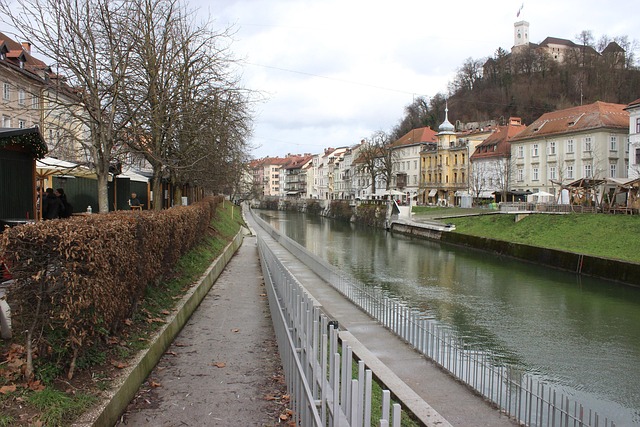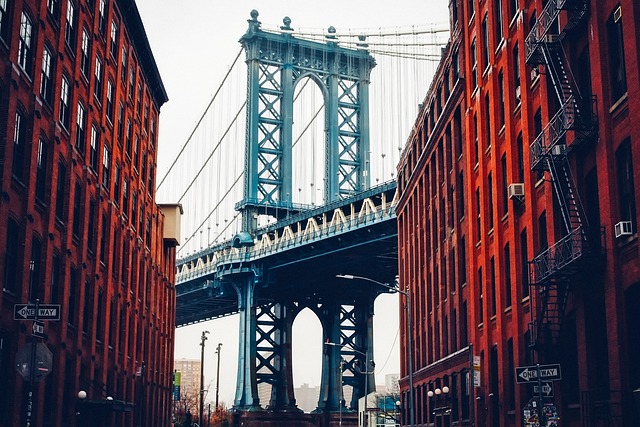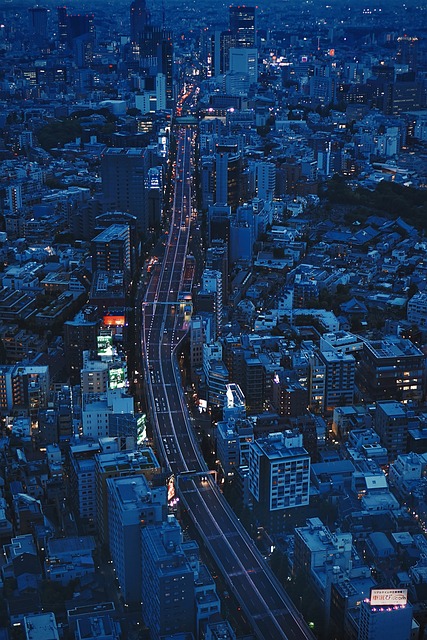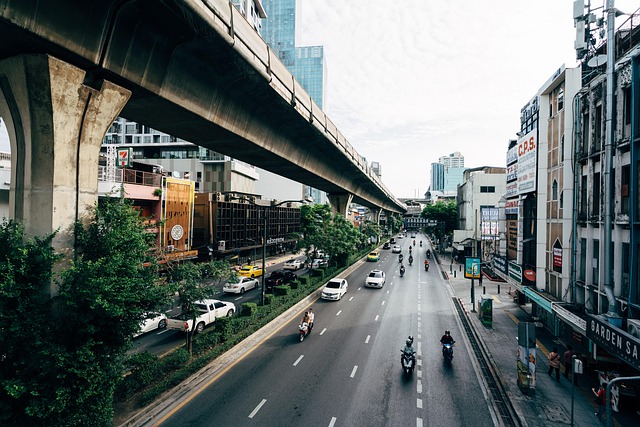Karachi's comprehensive Construction Bylaws govern building development, balancing urban growth with sustainability. These regulations dictate structure height, design, and layout while promoting eco-friendly practices on Abul Hassan Isphani Road, preserving the city's unique character. Zoning and permits ensure buildings align with designated land uses, maintaining Karachi's aesthetic tapestry and aligning with its urban development trajectory. Community engagement actively shapes development along Abul Hassan Isphani Road, enhancing livability through transparent decision-making.
In the bustling metropolis of Karachi, understanding construction bylaws is paramount for any urban development project. This article provides a comprehensive overview of Karachi’s construction regulations, with a specific focus on the regulatory framework governing Abul Hassan Isphani Road. We explore zoning and permit processes, their impact on local architecture, and the community engagement models that shape the city’s landscape. By delving into these aspects, we aim to illuminate Karachi’s unique urban development narrative.
- Karachi's Construction Bylaws: A Comprehensive Overview
- Abul Hassan Isphani Road: Regulatory Framework
- Zoning and Permits in Urban Development
- Impact on Local Architecture and Design
- Community Engagement and Feedback Process
Karachi's Construction Bylaws: A Comprehensive Overview

Karachi, Pakistan’s vibrant metropolis, is renowned for its bustling streets and diverse architecture. To maintain the city’s aesthetic appeal and ensure safe living conditions, Karachi has implemented comprehensive construction bylaws. These regulations govern every aspect of building development within the city limits, from zoning restrictions to safety standards and environmental considerations.
The Construction Bylaws of Karachi are designed to balance urban growth with sustainability and community well-being. They dictate the height, design, and layout of structures, ensuring that neighborhoods remain aesthetically pleasing and functional. Moreover, these bylaws emphasize the use of sustainable building practices and materials, promoting eco-friendly development. Compliance with these regulations is mandatory for all construction projects in Karachi, reflecting the city’s commitment to a structured and environmentally conscious urban landscape.
Abul Hassan Isphani Road: Regulatory Framework

Abul Hassan Isphani Road, a bustling thoroughfare in Karachi, is subject to a stringent regulatory framework designed to maintain the city’s vibrant yet structured landscape. The construction bylaws governing this area are comprehensive, ensuring that any development aligns with the vision for sustainable urban growth. These regulations cover various aspects, from zoning and building heights to environmental considerations and aesthetic standards, reflecting the diverse needs of a metropolis like Karachi.
The regulatory framework aims to balance the imperative for infrastructure development with the preservation of the city’s unique character. It mandates that construction projects adhere to strict guidelines regarding set-back requirements, maximum building coverage, and green space incorporation. Additionally, historical and cultural sites along the road are protected, ensuring that any construction activities in their vicinity are carried out with utmost care and respect for Karachi’s rich tapestry.
Zoning and Permits in Urban Development

In urban development, zoning and permits play a pivotal role in shaping the built environment, ensuring that construction aligns with specific regulations and standards. In Karachi, like many metropolises, these bylaws are crucial for maintaining order and aesthetics in neighborhoods. The process begins with identifying zones based on land use, such as residential, commercial, or industrial areas, each with its own set of restrictions. Developers must obtain permits from local authorities before breaking ground, demonstrating compliance with zoning regulations and safety standards.
This system helps prevent haphazard construction, ensuring buildings are appropriately sized, aligned, and designed for their designated zones. In Karachi’s bustling landscape, where new projects are constantly emerging, adhering to these guidelines is essential for creating a harmonious urban tapestry that considers the needs of residents and the city’s overall development trajectory.
Impact on Local Architecture and Design

The construction bylaws along Abul Hassan Isphani Road in Karachi have significantly shaped the architectural landscape of the city. These regulations, designed to preserve the aesthetic and cultural heritage of the area, have led to a unique blend of modern and traditional design elements. Local architects and builders are guided by these bylaws, ensuring that new developments complement historic landmarks and contribute to the overall charm of the neighborhood.
The impact is evident in the careful integration of contemporary structures with the existing built environment. Buildings along the road often feature intricate facades inspired by Islamic architecture, blending seamlessly with the surrounding heritage sites. This harmonious coexistence promotes a sense of continuity and cultural identity, making Abul Hassan Isphani Road a vibrant example of sustainable urban development in Karachi.
Community Engagement and Feedback Process

In Karachi, the construction bylaws along Abul Hassan Isphani Road have been a subject of community engagement and active feedback. Local residents and stakeholders actively participate in public hearings and consultations, ensuring their voices are heard in the decision-making process. This collaborative approach fosters transparency and builds consensus, leading to more inclusive urban planning. By encouraging open dialogue, the authorities can navigate the complex needs and aspirations of the diverse communities residing near Abul Hassan Isphani Road.
The feedback process is instrumental in addressing concerns related to noise pollution, traffic management, and aesthetic considerations. Community members offer valuable insights into how construction activities might impact their daily lives, allowing for more tailored solutions. This engagement not only enhances the quality of life for residents but also contributes to the overall sustainability and livability of Karachi’s urban landscape.
The construction bylaws governing Abul Hassan Isphani Road in Karachi highlight the city’s evolving regulatory landscape. By understanding these laws, from zoning regulations to community engagement, we can foster a more balanced and sustainable urban development process. Karachi, known for its vibrant architecture, stands to benefit from implementing these guidelines, ensuring both preservation of local aesthetics and accommodating growth. This comprehensive overview underscores the importance of transparent, inclusive policymaking in shaping the city’s future.
